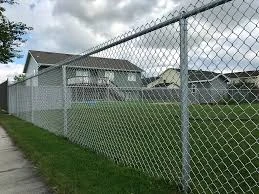The Importance of Wild Hog Traps in Wildlife Management
Wild hogs, also known as feral pigs, have become a significant concern for many ecosystems worldwide. Originally brought to North America by explorers and settlers, these animals have thrived in the wild, often leading to detrimental effects on agriculture, native species, and natural habitats. As populations continue to expand, wildlife management strategies have become essential to mitigate their impact. One of the most effective methods employed is the use of wild hog traps.
Wild hog traps serve several critical purposes. Firstly, they help control the population of feral pigs, which can reproduce rapidly. A single sow can give birth to two litters of piglets each year, with each litter consisting of four to 12 piglets. This high reproductive rate means that if left unchecked, wild hog populations can double in size within a year, causing extensive damage to crops, pastures, and native plant species.
Moreover, wild hogs are known for their destructive foraging behavior. They root through the soil in search of food, which can lead to soil erosion and the destruction of vegetation. This behavior not only harms agricultural lands but also disrupts the habitats of other wildlife species. By using traps, wildlife managers can effectively reduce the number of wild hogs in a given area, allowing ecosystems to recover and maintain biodiversity.
wild hog traps

The design of wild hog traps is crucial for their effectiveness
. Several types are available, including box traps, corral traps, and drop traps. Box traps are usually smaller and can be placed in areas with high wild hog traffic, while corral traps are larger and designed to capture entire sounders (groups of wild hogs). Drop traps function by using a triggering mechanism that drops a large net over the animals when they enter the trap. Selecting the right type of trap depends on the specific goals of the management plan and the characteristics of the local wild hog population.Another essential aspect of using wild hog traps is the baiting strategy. Wild hogs are opportunistic feeders and are easily attracted to food sources. Common baits include corn, fruits, or even commercial hog attractants. Effective baiting can significantly increase trapping success, allowing wildlife managers to capture more animals in a shorter period.
In conclusion, wild hog traps are a vital tool in the ongoing battle against the negative impacts of feral pigs on ecosystems and agriculture. By controlling their populations, these traps help protect native wildlife, preserve biodiversity, and minimize economic loss for farmers and landowners. As awareness of the issue grows, combining trapping efforts with public education and community involvement can further enhance wildlife management initiatives. Through these collective efforts, we can work towards a balanced coexistence with nature while safeguarding our precious ecosystems from the threats posed by wild hogs.
















